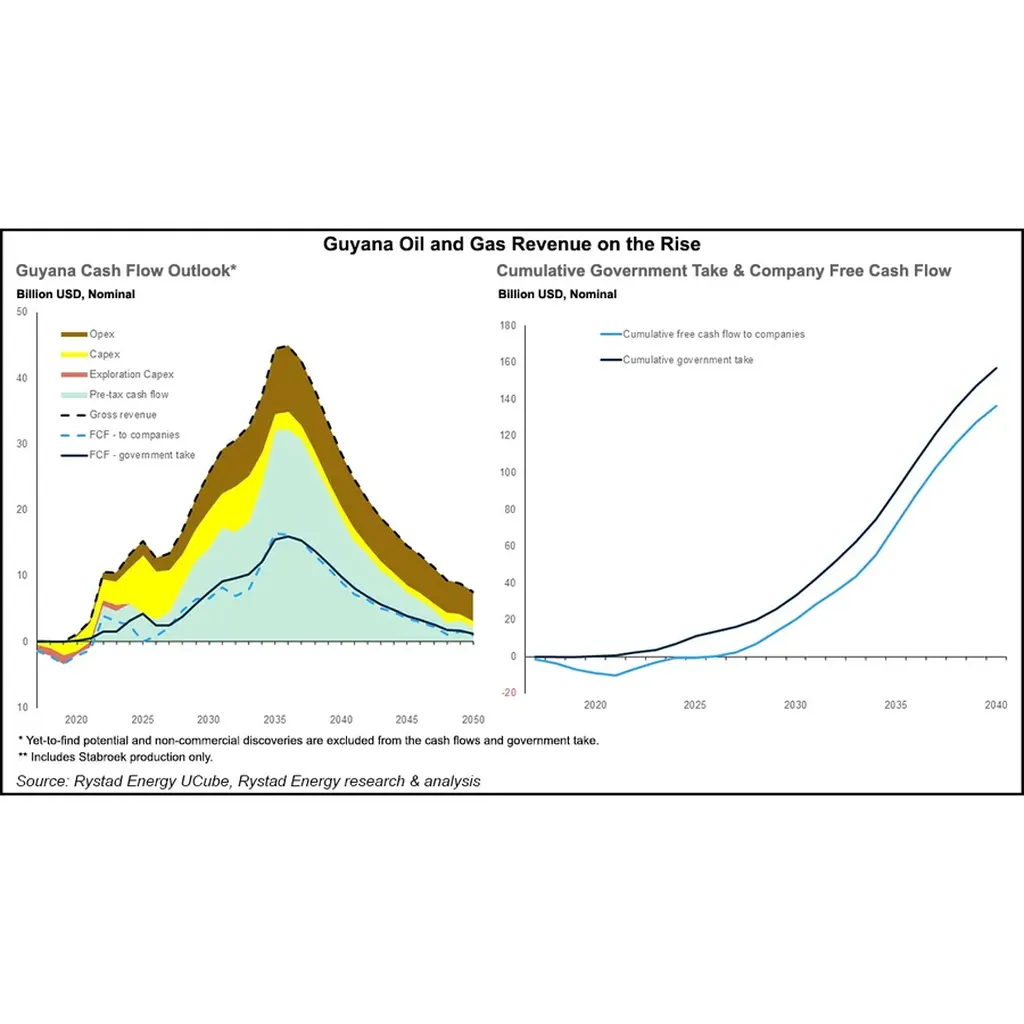In the face of escalating climate change impacts, Small Island Developing States (SIDS) are grappling with significant coastal challenges that threaten their economies, infrastructure, and ecosystems. A groundbreaking study led by Temitope D. Timothy Oyedotun from the Department of Geography at the University of Guyana introduces a innovative solution that could revolutionize coastal management and offer substantial benefits to the energy sector. Published in the journal *Frontiers in Environmental Science* (translated to English as “Frontiers in Environmental Science”), the research presents the Guyana Coastal Analysis System (G-CAS), a cutting-edge, web-based geospatial tool designed to enhance coastal monitoring and decision-making processes.
The G-CAS integrates remote sensing, machine learning, and cloud computing technologies to provide near real-time, data-driven insights into coastal dynamics. This system is not just a technological marvel but a beacon of hope for SIDS, offering a replicable framework that can be adapted to other regions facing similar challenges.
“G-CAS is more than just a tool; it’s a game-changer for coastal management,” says Oyedotun. “By providing accurate, up-to-date information on shoreline changes, flood risks, and sediment dynamics, we can support better decision-making and planning, ultimately protecting critical infrastructure and ecosystems.”
The system comprises four core analytical modules: Shoreline Analysis, Coastal Squeeze Assessment, Bathymetric Change Detection, and Flood Detection and Modelling. Each module addresses a specific aspect of coastal vulnerability, offering valuable insights for stakeholders in the energy sector, where coastal infrastructure is often at risk.
For instance, the Shoreline Analysis module identifies critically eroded sections that require urgent intervention, while the Coastal Squeeze Assessment highlights areas where infrastructure restricts landward migration, increasing vulnerability to habitat loss. The Bathymetric Change Detection module reveals dynamic sediment transport patterns, essential for understanding coastal stability and marine ecosystem health. Meanwhile, the Flood Detection and Modelling module assists in identifying high-risk zones, supporting early warning systems and disaster mitigation planning.
The implications for the energy sector are profound. Coastal infrastructure, such as oil and gas facilities, power plants, and renewable energy installations, are often located in vulnerable coastal areas. By providing accurate, real-time data on coastal dynamics, G-CAS can help energy companies better assess risks, plan for potential impacts, and implement effective mitigation strategies.
Moreover, the system’s cost-effectiveness, scalability, and accessibility make it an attractive solution for SIDS and other regions with limited resources. “G-CAS offers a data-driven foundation for coastal adaptation strategies,” explains Oyedotun. “It’s a tool that can support climate resilience, disaster risk reduction, and sustainable development, ensuring that our coastal communities and economies can thrive in the face of climate change.”
The research highlights the potential for similar coastal analysis systems to be adopted across SIDS, ensuring evidence-based decision-making and enhanced environmental stewardship. As climate change continues to exacerbate coastal hazards, tools like G-CAS will play a crucial role in shaping future developments in the field, offering a pathway to more resilient and sustainable coastal management practices.
In an era where climate change is reshaping our coastlines, G-CAS stands as a testament to the power of innovation and technology in addressing global challenges. As Oyedotun aptly puts it, “The future of coastal management lies in our ability to harness technology and data to make informed decisions. G-CAS is a step in that direction, and we hope it inspires similar initiatives worldwide.”

